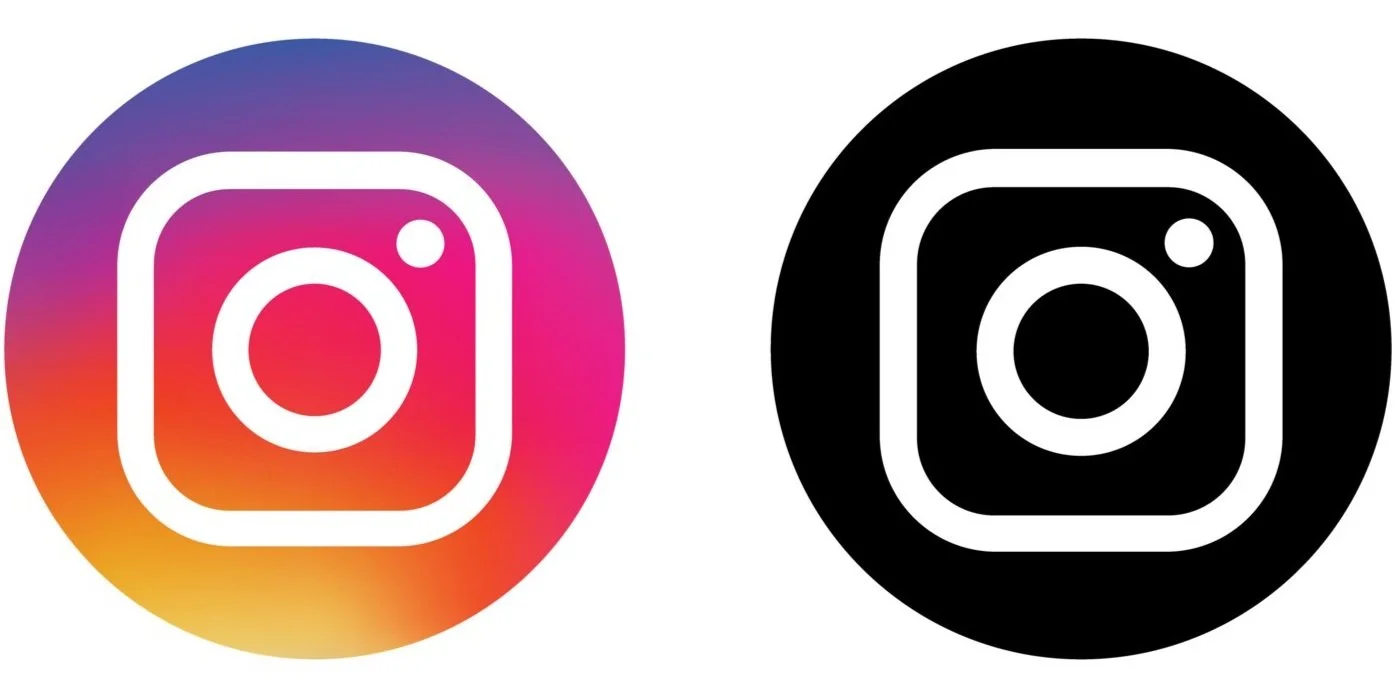Q3, 2024 Major Instagram Algorithm Changes
Followers and likes were once the bread and butter of Instagram. In fact, Instagram (and Facebook) once functioned with an algorithm structured only by the people and pages a given user chose to follow.
Consequently, users’ feeds didn’t show new content, which pigeonholed marketing strategies and people’s social networks alike. As a society, we have outgrown that, and I, for one, am proud.
New Instagram Key Metrics
Head of Instagram Adam Mosseri says that “Views” and “Sends per Reach” are now the most critical metrics for Instagram creators. Simply, Views measures the number of times a Reel began playing or replayed, and the number of times a non-Reel post showed up on a user’s screen.
Sends per Reach refers to the number of people who are sharing your posts in their DMs, which, manifestly, is the primary way people send content to other users.
Instagram Analytics Changes
Mosseri recently posted a video on his Instagram account, @mosseri, explaining a revamp of how and which analytics are recorded in accordance with these previously mentioned usage shifts. Essentially, analytics will now show Views as the primary metric across all post formats—Reels, Live, Photos, Carousels, Stories, and more. Analytics for Reels used to be measured differently than those for other formats, which is the source of this update.
Benefits to the Change
Why is this helpful, you ask? Well, this will streamline data analysis, allowing users to compare better how different types of content are performing, and thus, refining strategies and meeting analytic goals will become much more direct.
Instagram Insights Updates
Moving forward, your Instagram Insights will show Views rather than Plays. Accounts Reached, Accounts Engaged, Interactions, and Watch Time will still be available, but their location on the page will change.
Reasons for the Instagram Updates
And what, exactly, prompted this decision? From a technical standpoint, it’s about Instagram’s recommendation system. It highlights posts from accounts you don’t follow, and vice versa, other users don’t necessarily need to follow you in order to see your content either.
Statistically, over 50% of posts in a given user’s feed are recommendations. As a slow and perhaps personally inadvertent process, users are increasingly relying on Instagram’s algorithm to provide them with the kind of content they enjoy.
Implications for Marketers and Influencers
In responding to this phenomenon, marketers and influencers must prioritize reach over other ostensibly accurate metrics such as follower and like counts, for example. Evidently, more followers means a dedicated audience and more likes means higher engagement, but the bottom line is that they don’t tell the full story.
Challenges and Criticisms
Already, this change is receiving some negative attention, mostly because relying on the algorithm changes the game into, well, a game, perhaps of chance.
Instagram’s algorithm is the one to please, which might imply that maximizing reach will involve appealing to the “algorithm game,” as one article by writer Andrew Hutchinson sees it.
Surely, it can be argued that this algorithmic reliance has the potential to thwart creative agency, which is kind of the whole point on creating—Instagram is sort of begging the question, but logical fallacies aside, I suppose.
Learning to Adapt Moving Forward
The success of Instagram creators and influencer marketing campaigns is becoming even more of a game, but by realigning your expectations with regards to this paradigm shift, strategy can win the game. Reassess the platform and your place on it, and most importantly, adapt accordingly.

